From Larisch’s Plinius to Larish Alte and Larish Neue
15th-century roots and 21st-century revivals: our resident archaeologist excavates a lesser-known but classic Austrian face.
Contributed by Peter Hofmann on Nov 18th, 2014. Artwork published in
.


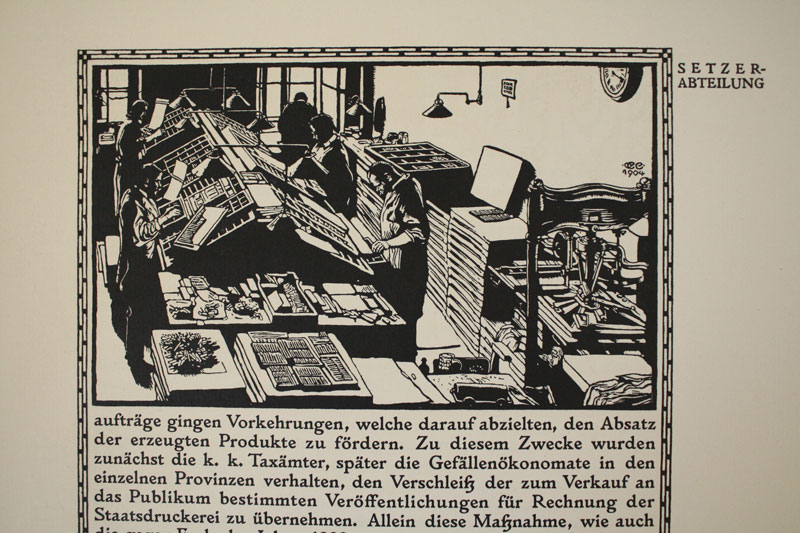
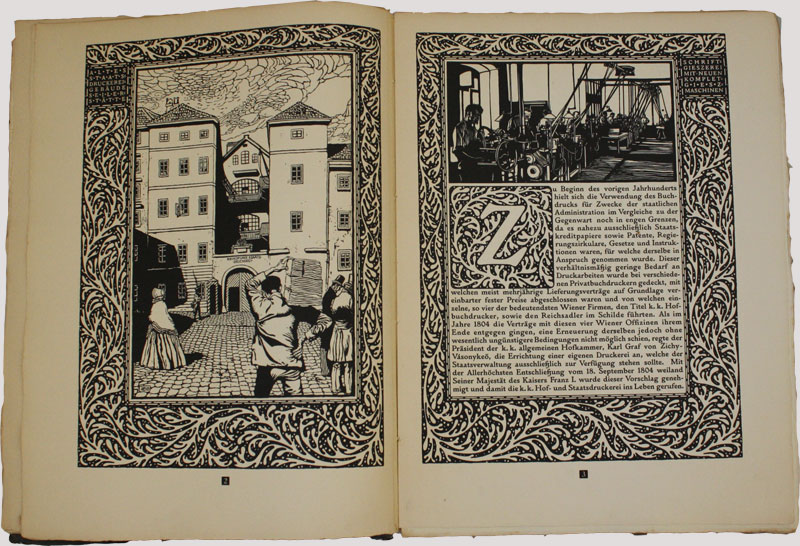
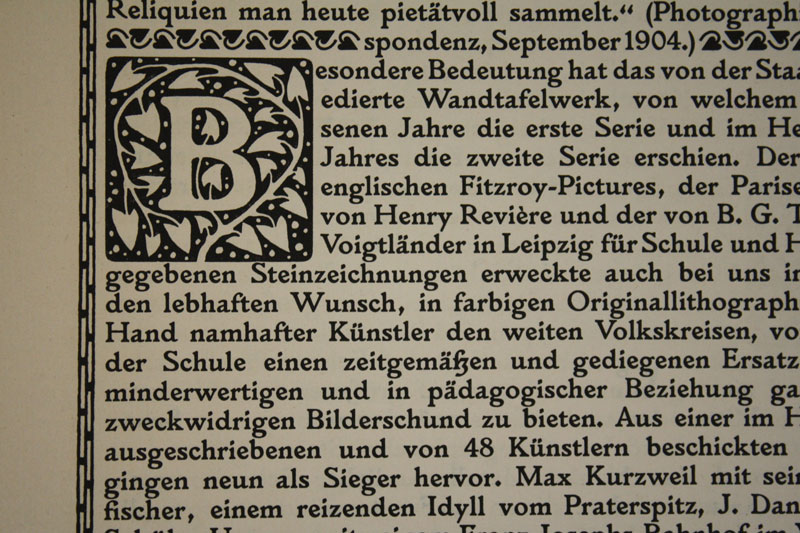
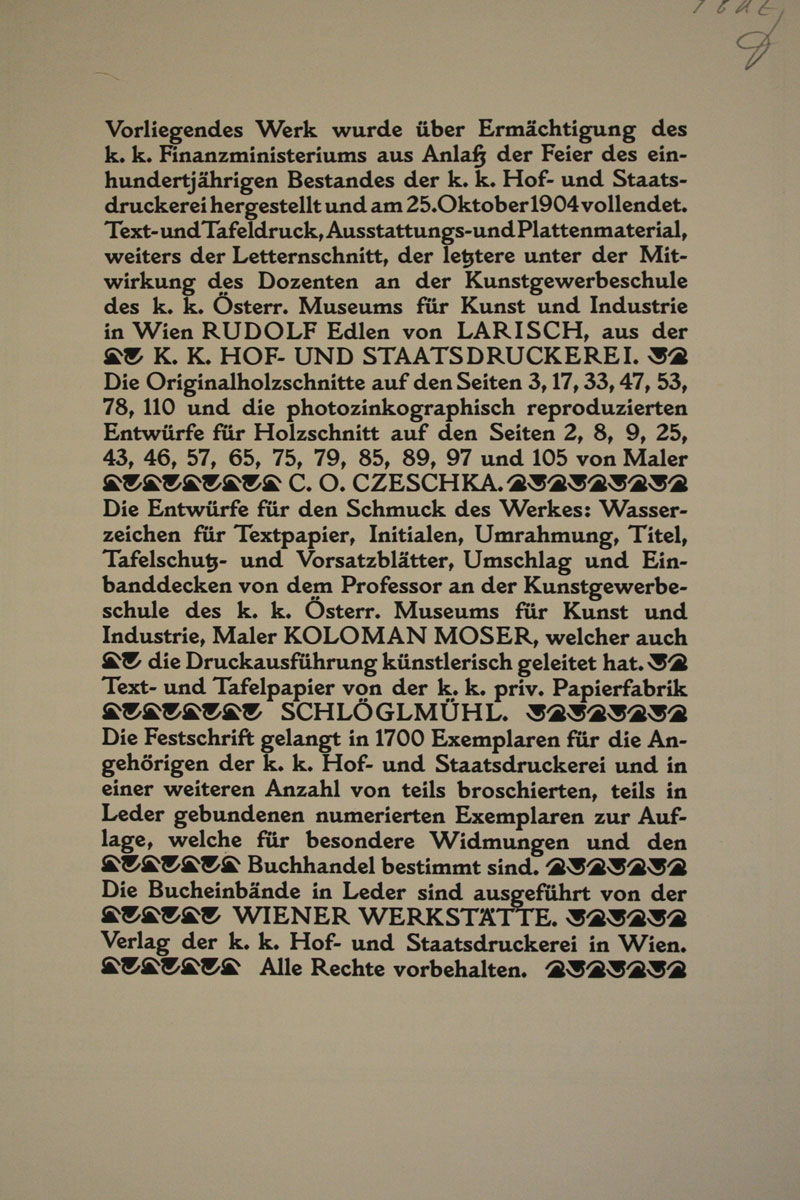
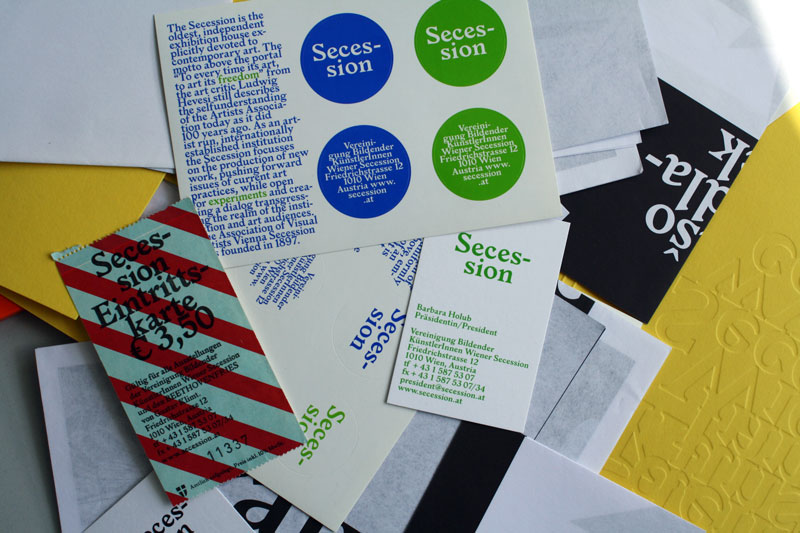






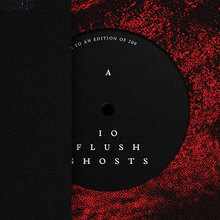











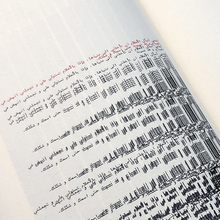



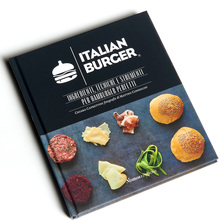
























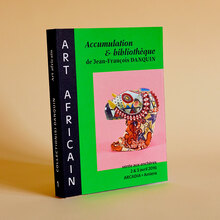



2 Comments on “From Larisch’s Plinius to Larish Alte and Larish Neue”
Excellent piece, Peter
The Die K. K. Hof- und Staatsdruckerei (1804–1904) book is now available online in Letterform Archive’s Online Archive in celebration of our new book on the Vienna Secession periodical, Die Fläche.